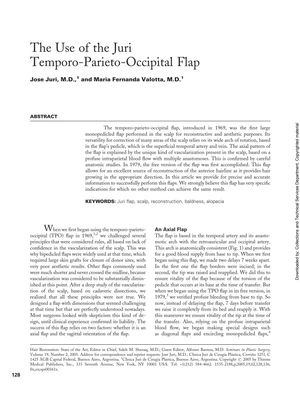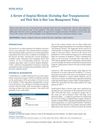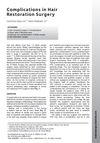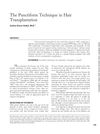The Use of the Juri Temporo-Parieto-Occipital Flap
May 2005
in “
Seminars in Plastic Surgery
”
temporo-parieto-occipital flap TPO flap scalp reconstruction hairline restoration traumatic alopecia micrografts superficial temporal artery superficial temporal vein primary closure donor site natural hairline direction partial necrosis total necrosis free flaps complete hair density scar follicle unit transplants elastic scalp high parietal implantation degree of baldness natural hairline hair density follicle transplants baldness

TLDR The Juri Temporo-Parieto-Occipital Flap is a good option for scalp reconstruction and hairline restoration with a natural look, despite some risk of necrosis and scarring.
In 2005, Jose Juri, M.D., and María Fernanda Valotta, M.D., presented the temporo-parieto-occipital (TPO) flap as a surgical technique for scalp reconstruction and hairline restoration, particularly useful for patients with traumatic alopecia or those dissatisfied with micrografts. The TPO flap, based on the superficial temporal artery and vein, allows for primary closure of the donor site and provides a natural hairline direction. The authors reported a 4% partial necrosis rate in conventional flaps and a 5% total necrosis rate in free flaps. They emphasized that the TPO flap is a preferred option for achieving complete hair density, despite the potential for a noticeable scar, which can be camouflaged with follicle unit transplants. Suitable candidates for the procedure have an elastic scalp and high parietal implantation, with the number of flaps used depending on the degree of baldness.




